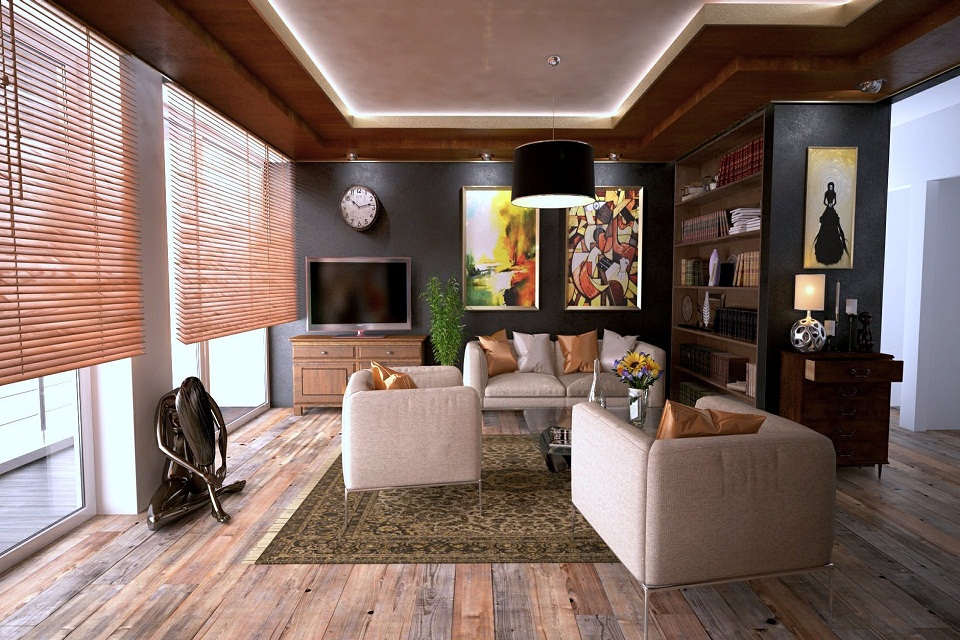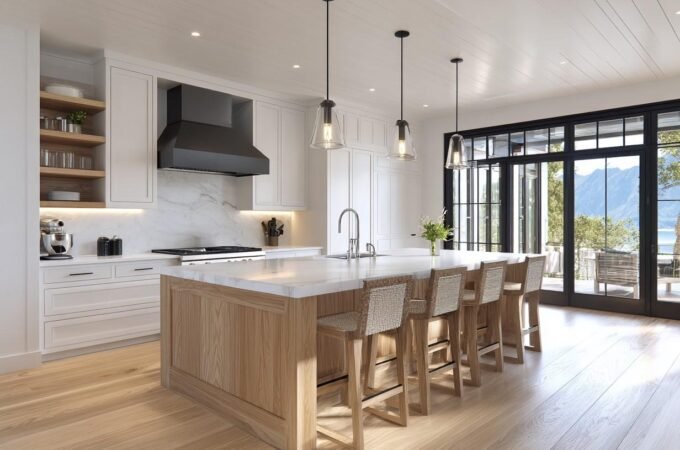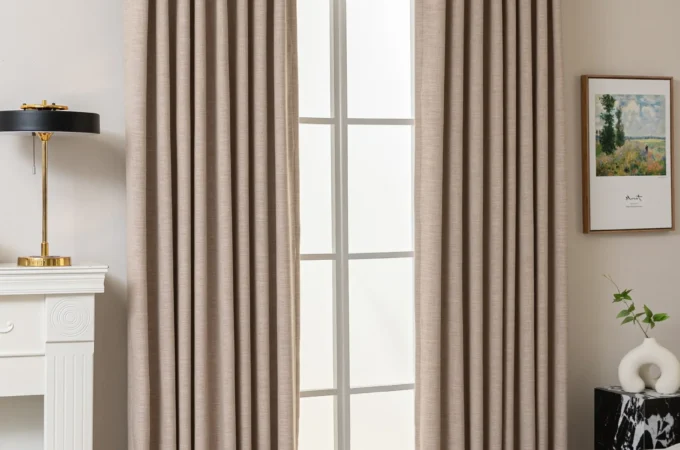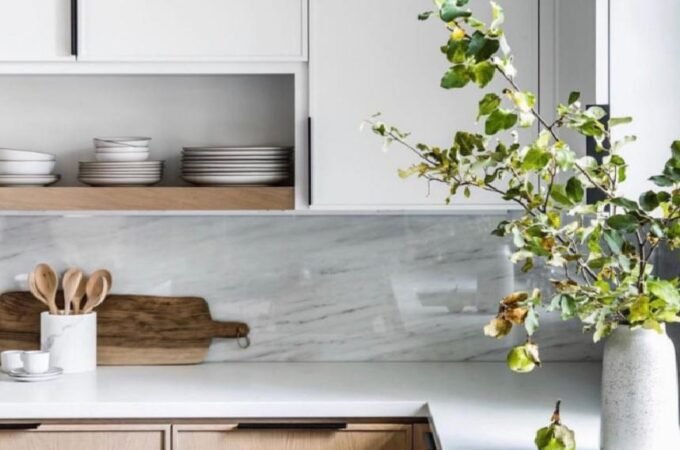
Importance of Texture and Layering in Interior Design
Texture is a popular term in the interior design niche because a home without the right texture appears disjointed. Adding texture to a room is an intricate process that requires attention to detail. You need to find a balance of smooth and rough-textured items.
What is Texture?
In interior design, texture is the sensation you get when you feel the things in a room and the perception they generate. A perfect example is the lighting in your house, as it can alter the atmosphere from soft to harsh.
Texture also affects the visual weight of the items in your room. Visual weight refers to how these items or structures draw attention to themselves. For instance, an oversized light fixture or a brightly-colored wall will have more visual weight than normal-sized bulbs or a wall with dull colors. If you want to make some elements more outstanding than others, consider using contrasting textures.
Layering in interior design is vital for producing a rich and detailed scheme. Many people tend to rely on fabric and furniture finishes to achieve layering, but there are other ways to do it. For example, you can use varying sizes of equipment. However, you need to be familiar with the tips for right furniture size collection.
You can add a glass lamp next to a side table, or better yet, invest in artwork to color your walls and add visual interest. Framed textile art or embroidery art is a fantastic option. Every section of your room can affect its texture, and as they form layers, the result is captivating and immersive.

Besides being eye-catching, interesting textures also improve the balance in your room. If your color palette has similar shades, consider interrupting the consistencyby changing the fabric’s textures in the room. Even if your décor has several colors, using contrasting fabrics gives an alternative to using colors and different patterns.
Vases, mirrors, and ornaments are useful in playing with texture. You can arrange objects with contrasting textures to showcase your personality. Avoid using too many alternating finishes, as they can make your room appear disorganized. The objective isn’t using every texture you can find but to use different items that create harmony in your room.
Another way to improve your room’s texture is by adding potted trees and herbs. More specifically, the varying petal and leaf shapes, size, and color can significantly impact the textural feel of your home.
Try choosing plants and flowers that match the other textures in your home. For instance, you can flank lacquered furniture with a big potted palm. The same should extend to the vases and pots in which you place the greenery.
Lighting is a vital aspect of texturing because of its duality. The appearance of a light fixture and the rays it produces impact the textural feel of a room. The positioning of the light fixtures will also vary the texture. For instance, you can turn an empty corner into a functional reading area by adding a light source.
Conclusion
As mentioned earlier, texturing and layering have a massive impact on the appearance of your home. By using the right combination of various elements, you can make your property comfortable to live in and welcoming to visitors.




